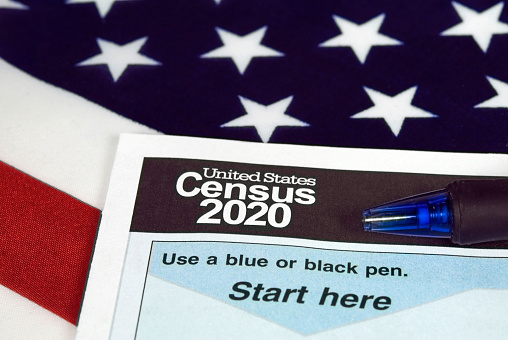The U.S. experienced its smallest population growth in history during the first year of the pandemic – just 0.1% – according to an estimate released Tuesday by the U.S. Census Bureau. The pandemic’s death toll, a downturn in pregnancies, and new restrictions on immigrations are major causes of the meager increase.
The U.S. population was an estimated 331.9 million as of July 1st, according to the data. The nation gained just 393,000 people in the preceding year.
Births outnumbered deaths by 148,000 during that time period, the smallest spread in over eight decades.
POLITICO reports:
2021 is the first year since 1937 that the population has grown by fewer than one million people and is also the year with the lowest number of people added to the population since 1900.
Overall, the population of 17 states shrunk, while 33 states saw increases. From The Associated Press:
States in the Mountain West saw the biggest year-over-year growth, with Idaho growing by almost 3%, and Utah and Montana each seeing population increases of 1.7%. The District of Columbia lost 2.9% of its population, while New York and Illinois lost 1.6% and 0.9% of their populations, respectively.
Reuters provides important context:
Slower population growth has been a trend in the United States for several years, the result of decreasing fertility and net international migration, combined with increasing mortality due to an aging population.
The Wall Street Journal adds:
Despite the nation’s slowing growth, projections by the Census Bureau and the United Nations show it is expected to continue growing at least through the middle of the century. By comparison, the populations of Japan and many European countries have begun to shrink, including those of Germany, Poland, Portugal and Russia. China’s population is expected to peak before 2030.
